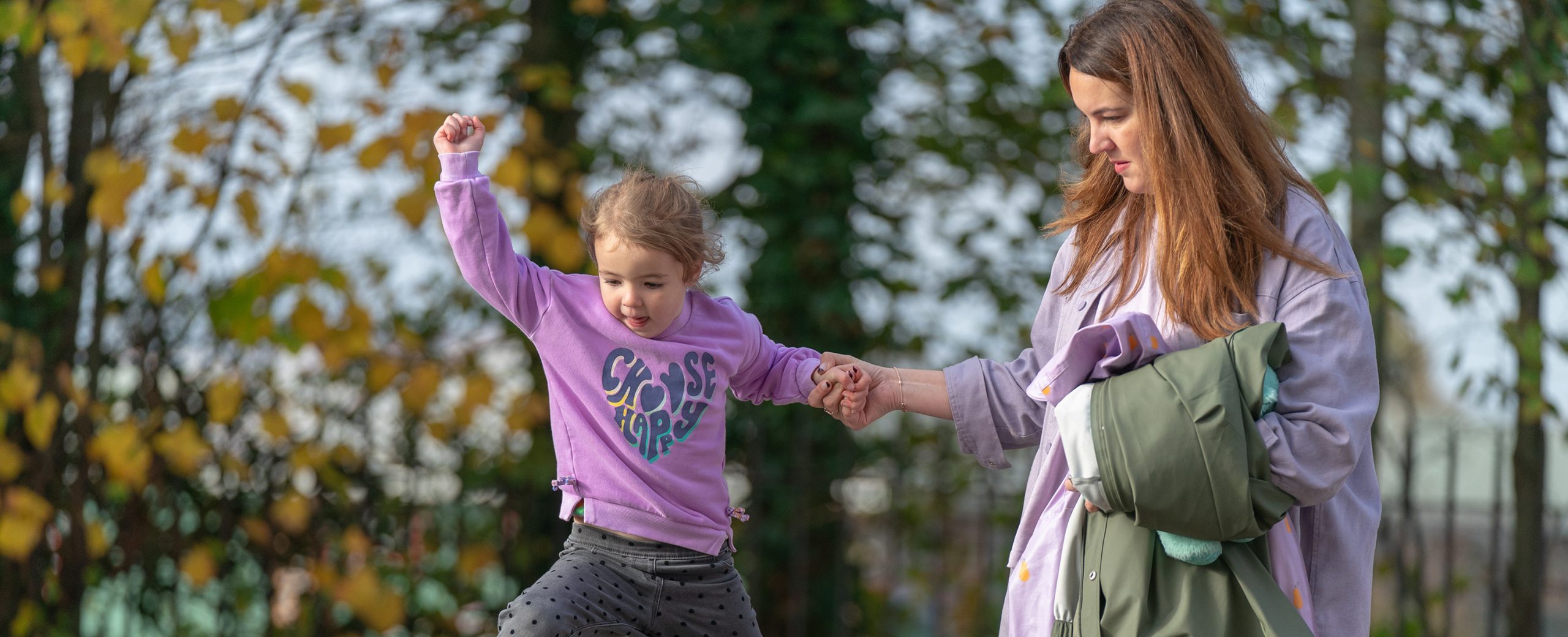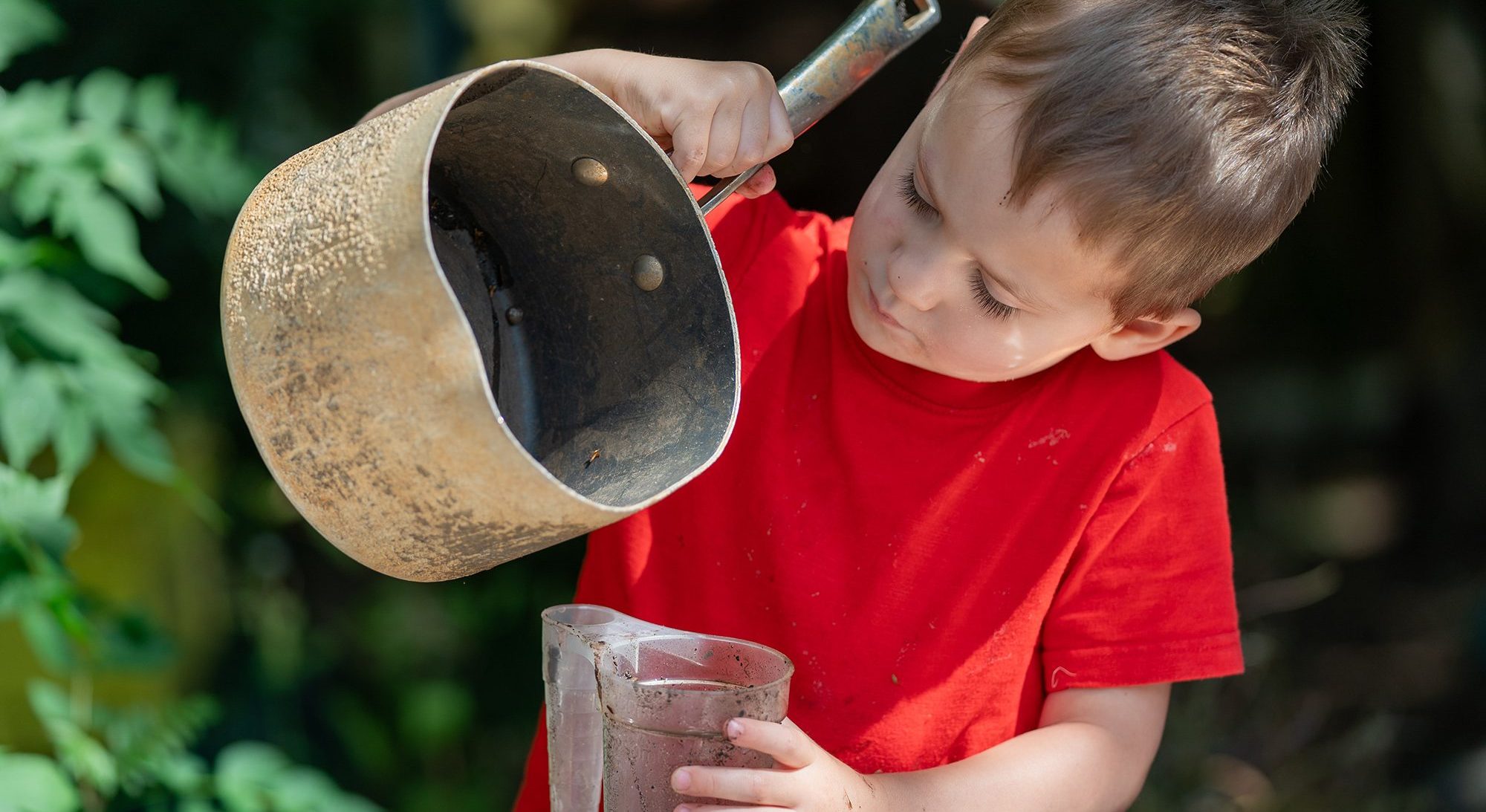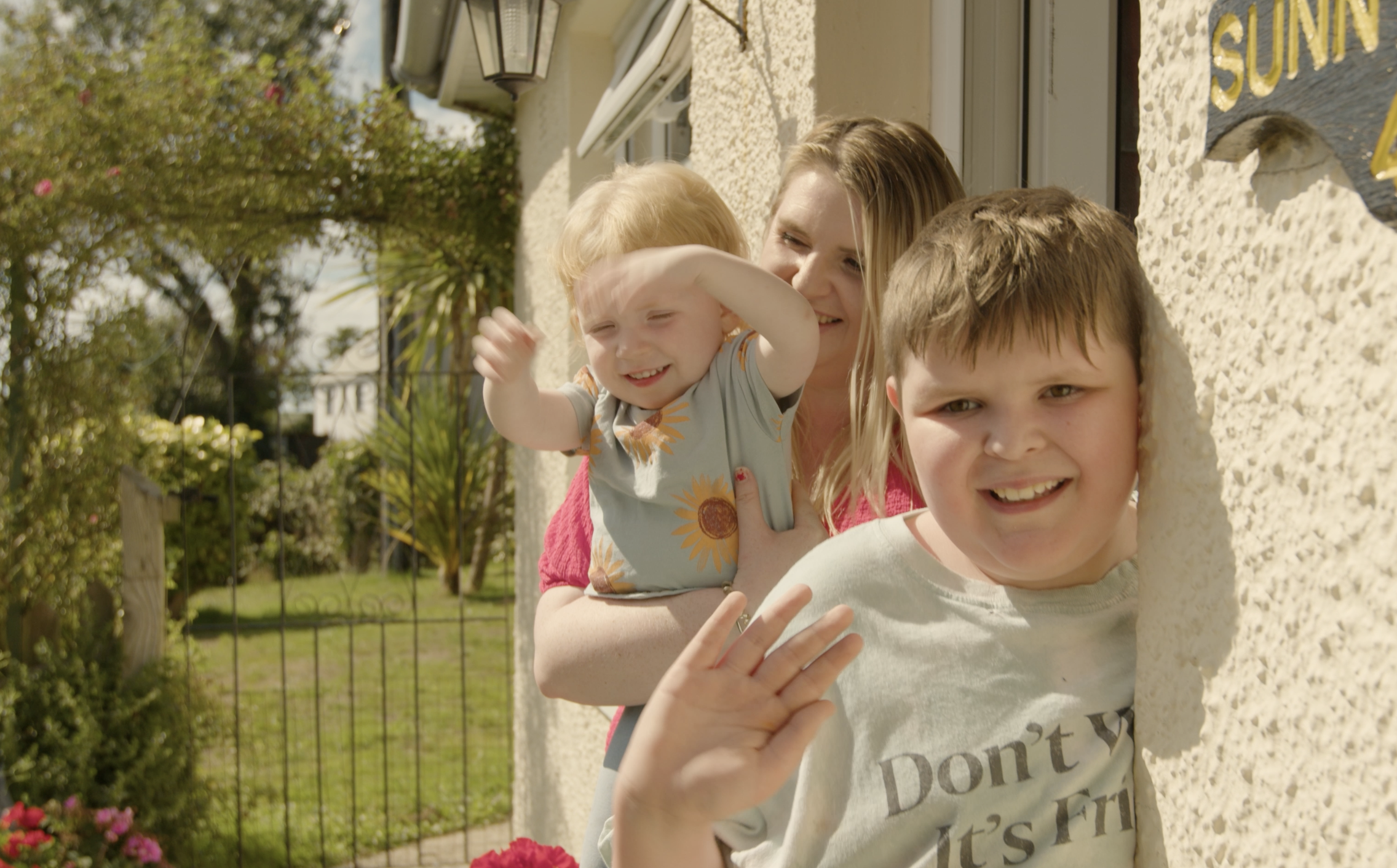Humour in play
In this guest blog article, Dr Amy Paine talks about the importance of humour in play for child development
As two siblings play together, one child pulls a pirate hat off her brother’s head and throws it across the room. Laughing, her brother pretends to pour water into a teacup and ‘throws’ it at her. She runs to pick up the teapot, and shouts, “Pour! Pour-pour-pour-pour!” while pretending to pour the contents of the teapot on him. He falls to the ground dramatically and they both shriek and laugh.
Silly exchanges like these may come as no surprise to many parents. And for many people, some of the fondest memories of childhood are the times spent laughing and doing absurd and humorous things with close family and friends.
But are serious things happening in all the silliness? In our research, we are taking steps to find out why it is so important for children to share humour and laughter in their close relationships.
How do children share humour?
From a young age, children love experiencing and sharing unexpected or surprising events. Within the first six months, many babies are amused by games of peekaboo and start clowning around with their caregivers.
As children develop, their humour becomes increasingly varied and complex. Toddlers playfully bend the rules, mislabel objects (calling a dog a cat), play with concepts (making a cat say "woof") and say nonsense words ("Googoobajoo").
Beyond the preschool years, children begin to play with words in more complex ways. They make up and tell riddles and jokes (even if, sometimes, the delivery of their punchlines varies!). Even though older children share more complex humour with language, our research shows they still enjoy simple actions that make others laugh.
Why is humour important?
We know that playing is vitally important for children’s development and wellbeing. Humour is an important part of play that helps children connect with others and build positive, warm relationships, such as with their siblings and friends. Humour may also help children cope with stress and anxiety.
But is sharing humour linked with the development of other important skills in childhood? In our latest study, we looked at seven-year-olds’ humorous play with siblings when they were given dressing up toys to freely play with at home. The children also played with toys on their own and completed tasks designed to tap their social, emotional, and cognitive skills.
We found that some types of children’s humour when they played with siblings, including sound play (for example, talking in a very squeaky or gruff voice) and playful teasing (such as light-hearted, playful, mischievous behaviour) was associated with children’s ability to understand the emotions and thoughts of other people.
We also found that children’s humour with siblings was associated with how they played pretend on their own (for example, making sound effects, animating toy figures) indicating both humour and pretend play are both ways children can be imaginative.
Letting silliness reign!
Play can be serious, and it can be silly. When children share humour with others, it shows they are experimenting with what they have learned about the world by bending the rules and creating new and unique ways to play. Not only that, but sharing humour and laughter is joyful and fun, and can give some relief during times of uncertainty and worry.
We can support children best by giving them the time, space, and permission to explore different kinds of play – including humour – even if it can be noisy and boisterous sometimes. And for parents, joining in with your child’s play and sharing their humorous ideas is a great way to enjoy time together and to make fun, lasting memories.
Amy is a Lecturer at Cardiff University and Principal Investigator in the ‘Humour in Childhood: Pathways to Better Wellbeing’ and ‘Laughing all the Way to Better Wellbeing in Childhood’ projects.












